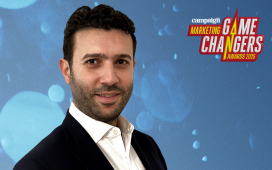Karim Geadah, Head of Corporate PR at Cameo
Companies nowadays find difficulty in measuring the ROI invested when trying to grow their business, especially when it comes to working with PR agencies. How can they tell whether their partnership is a successful one, and how do they measure the results being provided by the agency?
Below are five metrics to help measure results and base their decision accordingly when working with PR agencies.
Media coverage:
Before starting any project, the agency should know who your target audience is and share their suggested media list. To get the required results, the media outl
To continue reading this article you need to be registered with Campaign. Registration is free and only takes a minute. Register Now or sign in below if you already have an account.









